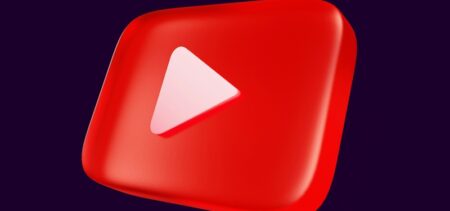Whether you are a sports fan or not, probably you haven’t missed the catchy (and widespread) TV broadcasting event named March Madness, which imbues the month of March every year and continues into the first week of April.
What is March Madness?
March Madness (currently a registered trademark) is the informal denomination of The National Collegiate Athletic Association (NCAA) Men’s Division I Basketball Tournament. Its other unofficial name would be the Big Dance. Founded in 1939, and established with its official plethora of celebrations since 1984, the NCAA tournament became one of the most popular annual sporting events in the U.S. and a television festive moment. Of course, this also makes it an important TV marketing opportunity since the “television time-offs” are suited for TV spots and provide a large audience.
What are the denomination’s origins?
At first sight one may think March Madness comes from the common similar expression, but there is more to it as history records it. In 1939 the term entered the basketball tournament world via Henry Van Arsdale Porter, an American educator, coach, and athletic administrator who first described a basketball tournament by this name. The same H.V. Porter later used the term in a 1942 poem entitled “Basketball Ides of March”. Only in 2010 the NCAA reached a settlement with the Illinois High School Association (ISHA) over owning the March Madness trademark.
It all has to do with the early spring excitement and enthusiasm, but in the particular form of this famous basketball tournament.
When did MM’s TV broadcasting became a joint event?
The broadcasting rights for March Madness jointly belong to CBS and Turner, with TBS and TruTV also involved and televising the games. A more complex equation of which type of game from the tournament airs on what channel is familiar to the loyal viewers – and if interested in all its details, it is also available here. A usual online report on this years’ games summarizes the way transmissions are distributed as such: “TBS; UNC-specific broadcast on TNT; Villanova-specific broadcast on truTV “.
The NCAA March Madness is a joint broadcasting event that began on the 10 April 2010, the day when NCAA reached a 14-year agreement with CBS. Outside the U.S. the international coverage rights belong to the ESPN International.
In conclusion, the first week of April is the one of the most action-packed times of the year for these TV channels and for their viewers, and the relevant figures show that marketers also have reasons to throw their materials into the TV advertising game.
Marketing with March Madness
Let’s take a look at some of the numbers linked to this sports event.
In 2015, the televised March Madness rounded up an average 11.3 million total viewers, with an average of 28.3 million total viewers following the finals, and a stunning 33.4 million viewers watching Duke defeated the Wisconsin badgers at the end of an extremely disputed game.
Apparently, over 2.24 million users also follow March Madness via social media, making the online marketing a successful endeavor besides TV commercials.
Associated apps that allow watching the live online matches also come in many shapes and variants, from Turner Sports Interactive NCAA March Madness Live to various other licensed apps, as you can see for example in the Google Play search results.
Online written content is another way of illustrating the interest in this sports event, and the millions of fans follow the latest developments, analysis and comments on the games and players, access the dedicated webpages, share the articles and generally act as active, focused online users and a huge potential audience for related commercials.
Regardless of the channel or platform, this interesting, well-built and well-marketed event itself provides an enticing and dynamic time for all associated activities, from video streaming to live reports, online written materials, dedicated applications, video TV spots, comments, social media buzz, analysis of the event and related developments, marketing analysis and so on.
As an interesting fact, 2016 marks the first time the title contest was not televised by a broadcast network.
March Madness – a nodal point between TV and online
The distributed marketing spending for the 2015’s March Madness event show that advertisers allotted around $1.1 million on televised ads, $27.6 billion on computer ads, and a whopping $34.4 billion on mobile. Of course each of these marketing channels has its own specificity, different costs and different ROI schemes, but the overall image is pretty impressive.
The March Madness advertising is also extremely effective since the brands that advertise during the games are perceived as attentive to this basketball tournament fans and their preferences.
During this time of the a year the name of the game is basketball, and the companies cleverly place their ads in relation to this subject line, inside the twenty-minutes windows of a forty-minutes televised game and via multiple online outlets. Sporting associates well with competition and consumerism, with the concept of power, progress, survival of the fittest and mostly, winning or fighting for it – all commonly employed in advertising.
In a way, the NCAA has turned into “the ultimate marketing platform”, and its famous March Madness event reflects its success upon the products that manage to benefit from advertising spots during this game celebration time.



































